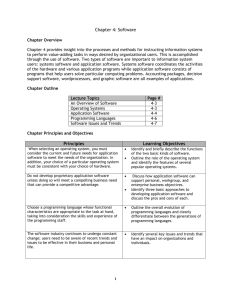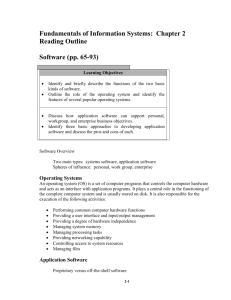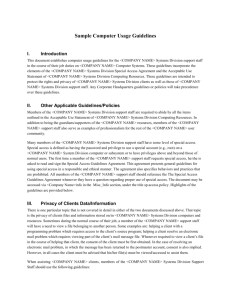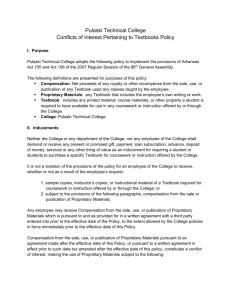Treating Gait Impairments with Physical Therapy
advertisement
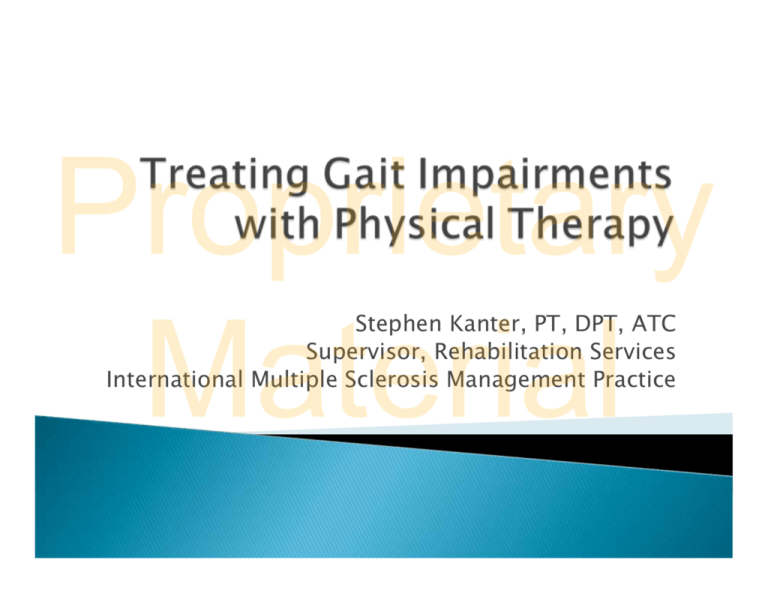
Proprietary Material Stephen Kanter, PT, DPT, ATC Supervisor, Rehabilitation Services International Multiple Sclerosis Management Practice Proprietary Material Now ` ` ` ` ` 2 Full time Physical Therapists Interviewing Occupational Therapists and other rehabilitation professionals Massage Clinic Accessibility Design Consulting Expedited Equipment Service Upcoming ` WHEELCHAIR and SEATING CLINIC (Approved to start in JANUARY 2009) ` ` Wii Fit® Trials (November-January) Vibration Platform trials (2009) Proprietary Material Part of a comprehensive treatment approach ` Physical Therapy is beneficial for all people with Multiple Sclerosis ` ◦ Regardless of level of ability ◦ “EXERCISE” is ESSENTIAL for all people (including those with MS!!!!!!!) Proprietary Material ` PRIMARY GOAL: ◦ To create a plan to maximize independence and safe function through MOVEMENT Proprietary Material ` ` ` Proper physical therapy is more than just exercise machines PT Frequency different for people with MS versus “orthopedic patients”. Physical Therapy can help ◦ ◦ ◦ ◦ ◦ Increase independence Decrease fatigue Decrease number of falls Improve balance Improve walking Proprietary Material ` ` ` Ambulation = “moving for one location to another” (usually referring to walking) Gait refers to the stages of physical movements which occur during walking Gait training helps people: ◦ walk “better” x Optimize strength and balance abilities ◦ walk with less fatigue ◦ walk SAFER! Proprietary Material ` Requirements for safe and quality walking ◦ Strength ◦ Flexibility ◦ Balance x Proprioceptive component x Vision component x Vestibular component ◦ Coordination ` ALL CAN BE TREATED WITH QUALITY P.T. Proprietary Material Proprietary Material ` “a body of evidence accumulated over the past decade or two shows that persons with MS at various stages of disability can tolerate and benefit from exercise training as demonstrated by improvements at functional, neurological, tissue, and molecular levels” Giesser (2008) Proprietary Material Source:http://me.queensu.ca/people/deluzio/images/GaitCycle.jpg Proprietary Material Source: www.foot-pain-explained.com/gait-cycle.html Proprietary Material ` ` ` ` ` Hip Abductors Hip Flexors and Knee Extensors Ankle Dorsiflexors Ankle Plantarflexors Hip Extensors and Knee Flexors Source: http://www.smpp.northwestern.edu/~jim/kinesiology/animations/animated_muscles_in_Gait.gif Proprietary Material ` Example of a gait abnormalities Source: www.wrongdiagnosis.com/bookimages/5/4373.1.jpg Proprietary Material ` RULE NUMBER ONE: ◦KEEP YOUR HANDS OFF THE WALLS (and furniture, and counter tops, and…) Proprietary Material ` ` Assessing balance status Review RULE NUMBER ONE: ◦ KEEP YOUR HANDS OFF THE WALLS ` Assistive Device determination ◦ Standard Cane, Forearm crutch, Standard Walker, Rolling Walker, Rollator ◦ The question of “Temporary or Permanent Need” Proprietary Material Focused Gait Training with needed support ◦ Forward walking x Heel striking/clearing feet ◦ Sideways and backward walking ◦ Turning when walking x 90 degrees x 180 degrees ◦ Stair Training with rails Advanced Gait Training ◦ Progression OFF assistive device ◦ Negotiating stairs without railing (including curbs) ◦ Up and down hills ◦ Walking on uneven surfaces (e.g. gravel, grass, sand/beach) ◦ Carrying when walking Proprietary Material ` Success comes from performing exercises correctly and being compliant Source: www.heelspurs.com/_intro2.html Proprietary Material ` Static orthotics ◦ Solid AFO ◦ Hinged AFO ◦ Spring Leaf Orthosis ` Dynamic orthotics ◦ Walk- Aide ® ◦ Free Step ® ◦ Bio-Ness ® ` SOURCE: www.neuromuscularorthotics.com.au/AFO's.htm Special orthosis ◦ Hip-Flexion Assist Orthosis SOURCE: http://www.greop.com/gre_005.htm SOURCE:www.ottobockus.com/.../lower_extre mity_28U20.asp Proprietary Material ` ` A 2007 pilot study by Giesser, Beres Jones, Budovitch, Helihy, & Harkema Four patients with MS and severe functional limitations in walking received an average of 40 sessions of locomotor training using manual facilitation. Proprietary Material ` At the end of training, all subjects showed improvement in muscle strength, and 3 out of 4 subjects improved in … ◦ ◦ ◦ ◦ ` balance spasticity endurance quality of life All subjects tolerated the training well without incurring fatigue or interference with their usual daily activities. Treating Gait Impairments with Physical Therapy Proprietary Material Stephen Kanter, PT, DPT, ATC Physical Therapist, International Multiple Sclerosis Management Practice Professor, Seton Hall University – School of Health and Medical Sciences Treating Gait Impairments with Physical Therapy Proprietary Material


